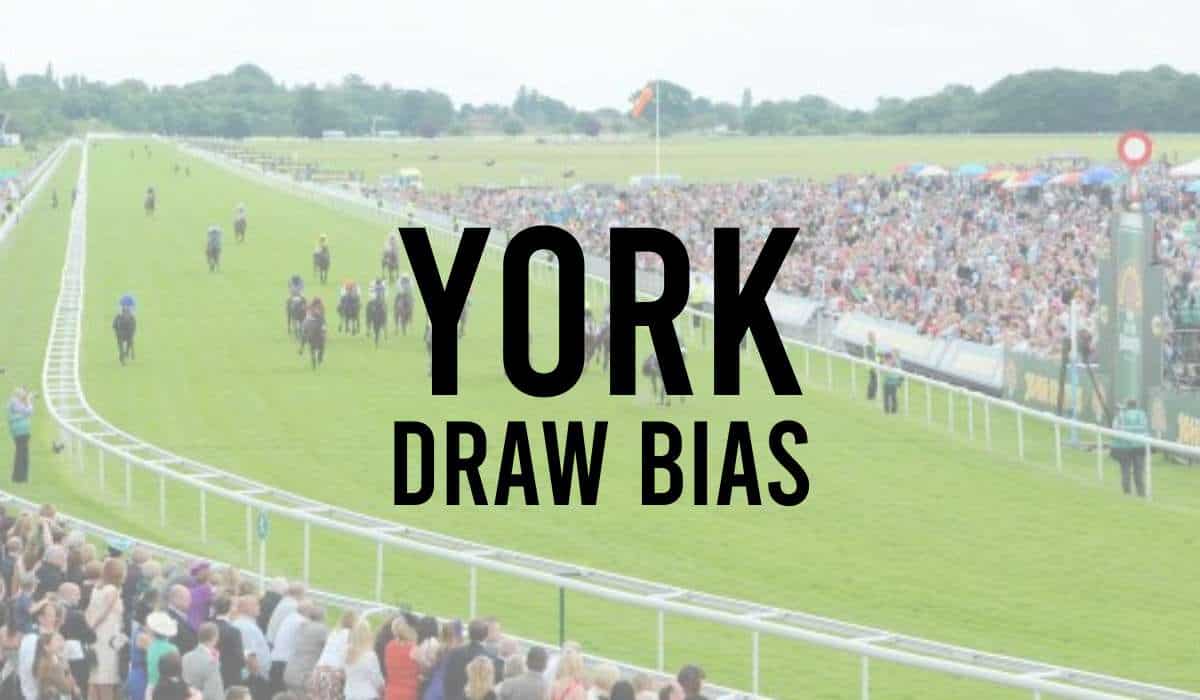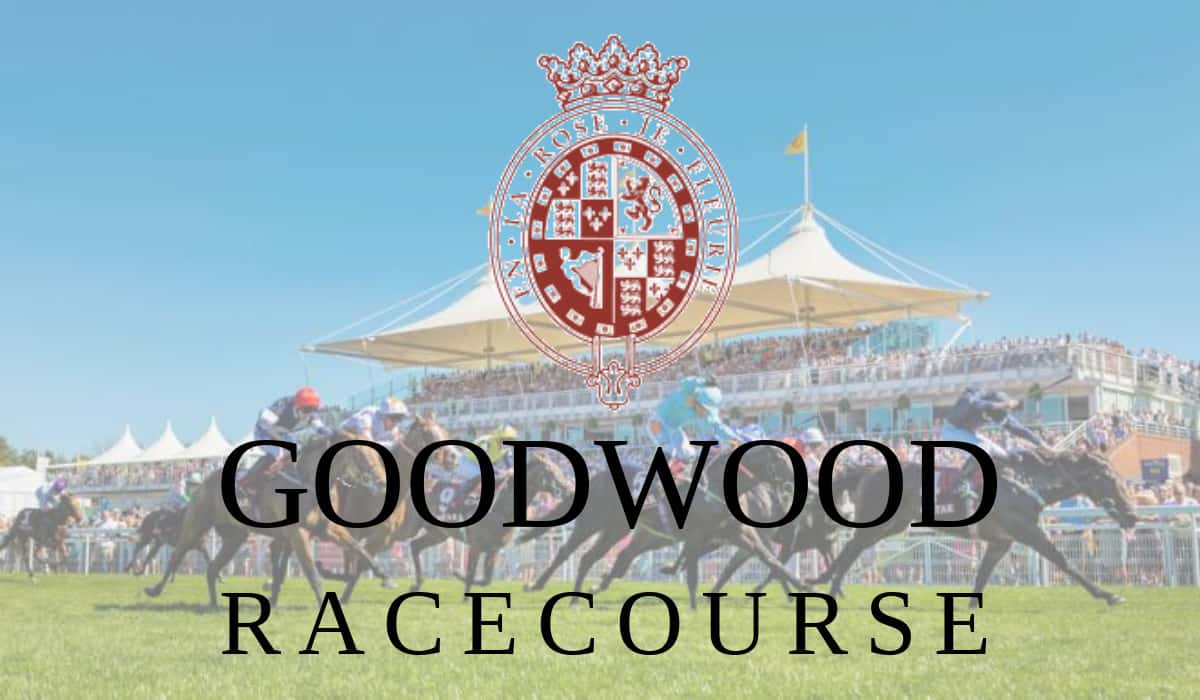Many shrewd horse racing punters research whether there is a draw bias at Goodwood Racecourse.
The horse racing draws are perhaps the most overlooked factor in horse racing statistics in April 2024.
The Goodwood draw bias refers to whether or not a racehorse running at Goodwood has an advantage or disadvantage following the stall they have been drawn in.
Our horse racing tipsters can be influenced by the draw of the horse when selecting their best chances of a winner at Goodwood Races.
In our Goodwood Draw Guide, we will explain everything you need to know about the stalls and potential draw advantages for horses running at Goodwood today.
Is there a draw bias at Goodwood Racecourse?
In terms of draw bias at Goodwood racecourse, it largely depends on the distance of the race and the prevailing weather conditions.
For example, over the minimum distance of 5 furlongs, there does appear to be a slight bias in favour of horses drawn low, especially when the going is soft.
However, this bias is not as strong as some other courses, and it’s not uncommon for horses to win from any draw.
What is the Draw Bias at Goodwood 5 Furlongs?
There appears to be a slight draw bias in favor of horses drawn low over 5 furlongs at Goodwood.
Interestingly, the inside stall has produced twice as many winners as any other individual stall, which could suggest an advantage to being closest to the rail.
It’s worth knowing that the bias is not significant enough to make a major difference in race outcomes, and horses can win from any draw.
What is the Draw Bias at Goodwood 6 Furlongs?
At Goodwood’s six-furlong course, low drawn horses appear to have an advantage, particularly in races with large fields.
The bias isn’t significant, but the stats do suggest that horses drawn on the inside tend to perform better than those on the outer stalls.
The course’s undulating nature could potentially explain the draw bias. Horses drawn low might have a better opportunity to save ground on the inside, while those drawn high could lose ground going uphill before the downhill finish.
Nonetheless, the bias is not overwhelming, and factors such as form, fitness, and jockey tactics can still play a more significant role in determining the outcome of the race.
What is the Draw Bias at Goodwood 7 Furlongs?
Based on the available statistics, there doesn’t appear to be a significant draw bias at Goodwood over 7 furlongs.
While it may be advantageous to be drawn low due to the inside bend, the long straight seems to negate any such bias.
As a result, horses can win from any draw.
What is the Draw Bias at Goodwood 1 Mile?
It appears that there is no significant draw bias over a mile at Goodwood. Despite being a left-handed course, the long straight of over three furlongs means that horses have plenty of time to obtain a good position regardless of their draw.
While there have been some claims that low numbers are favoured over a mile at Goodwood due to the slight bend in the course, the statistics do not support this assertion.
In fact, horses can win from any stall, and there is no clear advantage for being drawn high or low.
Ultimately, the race is decided by a variety of factors, including the horse’s form, jockey’s skill, and race strategy, rather than any particular draw bias.
Does The Stall Draw Affect Chances Of Winning In Flat Races at Goodwood?
The chances of a horse winning can hugely be affected by the stall number at Goodwood Races.
The best horse racing tipping services will adjust their judgements of horses with the best chances after the stall numbers are released in the Goodwood racecards.
Here is some important information on the tips, results and runners for horses running at Goodwood.
Goodwood Pace Bias Statistics
Goodwood Racecourse is unique in that it is essentially two separate courses. The 5 and 6 furlong courses are straight, mostly downhill, and the horses tend to stick to the standside.
In contrast, races over 7 furlongs and more are run around a bend on an undulating course, with the runners sticking to the far side in the straight.
For races over 5 and 6 furlongs, hold up horses tend to be strongly favoured, with the 5 furlongs course being the hardest course in the country to win by making the running.
On the other hand, for races over 7 furlongs and more, the course is relatively fair to all types of runners, although it may slightly favour hold up horses.
It is often said that because the 12 furlong course starts with a steep uphill section, horses that rush to the front to lead at the beginning cannot win, but the statistics do not really support this claim.
In terms of the individual distances, Goodwood ranks 31st out of 31 courses for 5 furlongs, 20th out of 27 courses for 6 furlongs, 19th out of 22 courses for 7 furlongs, and 15th out of 25 courses for 8 furlongs.
Summary
The data and stats are updated in real-time from our Goodwood Horse Racing Results for the information shared on the draw bias.
With the draw bias mainly affecting the sprint races then punters are quickly on the lookout for the big ante posts races, as the draws are released.
Ground conditions, weather, and handicapping blots can affect the draw bias statistics. So at times, it is strongly advised to check the earlier races of the day to see if the draw bias on the current ground has changed.
Related Draw Bias Posts
Find all the draw bias information articles.
- Ascot Draw Bias
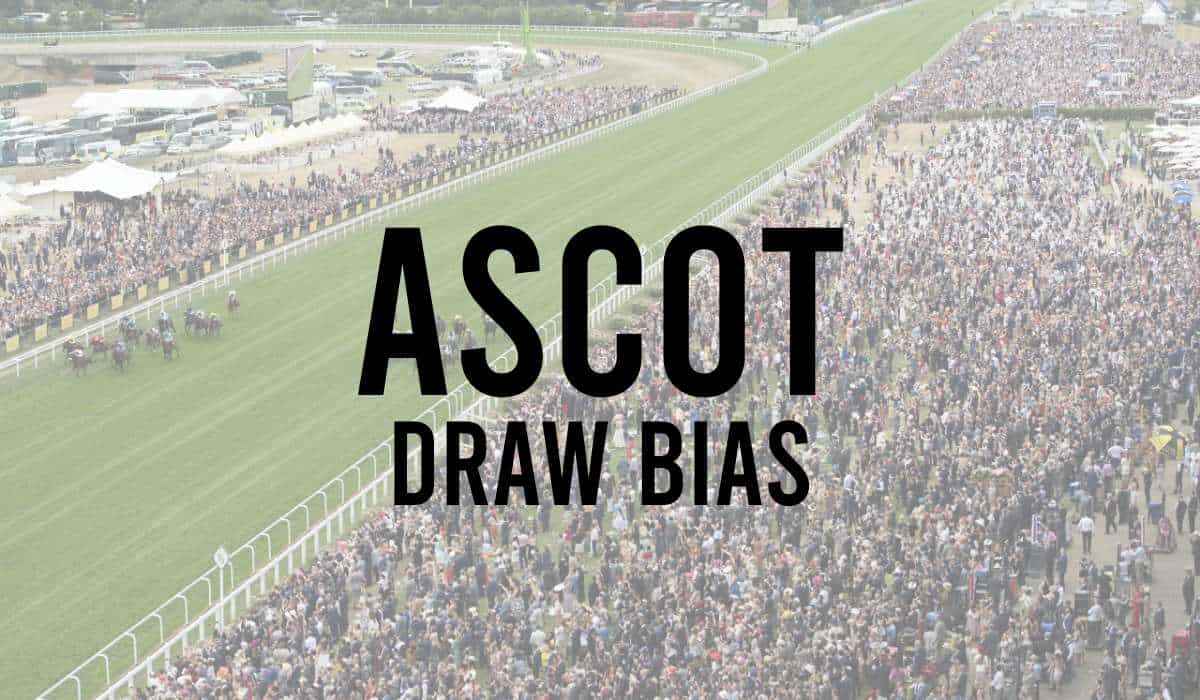
- Bath Draw Bias
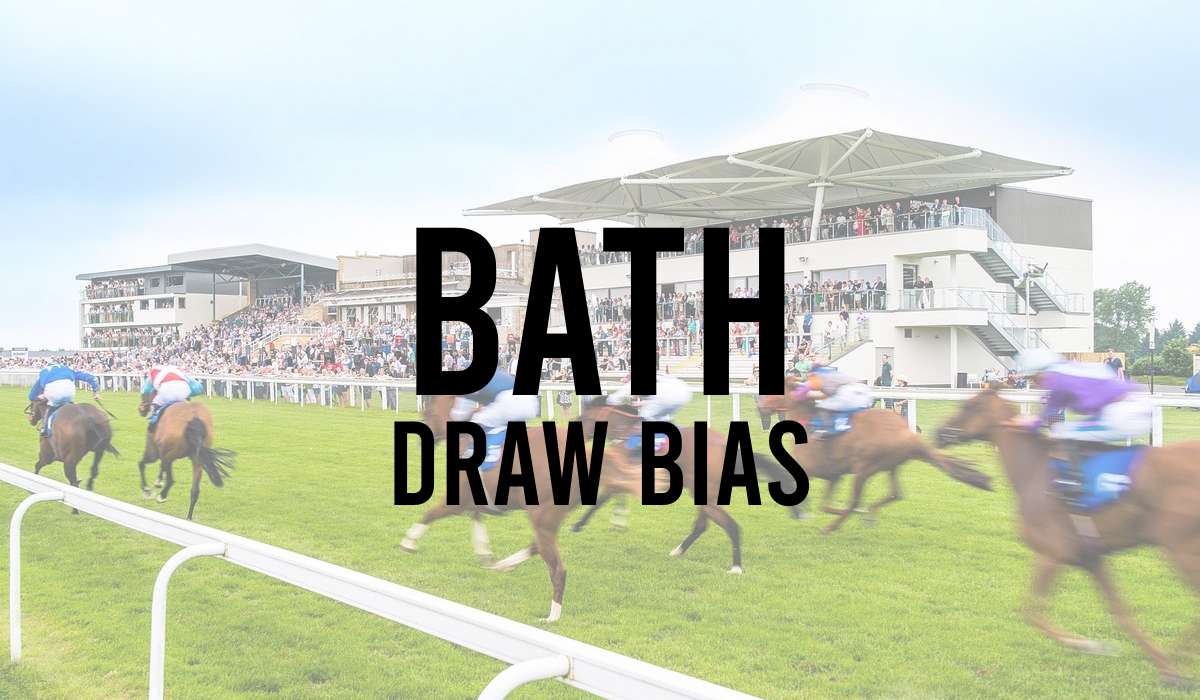
- Beverley Draw Bias
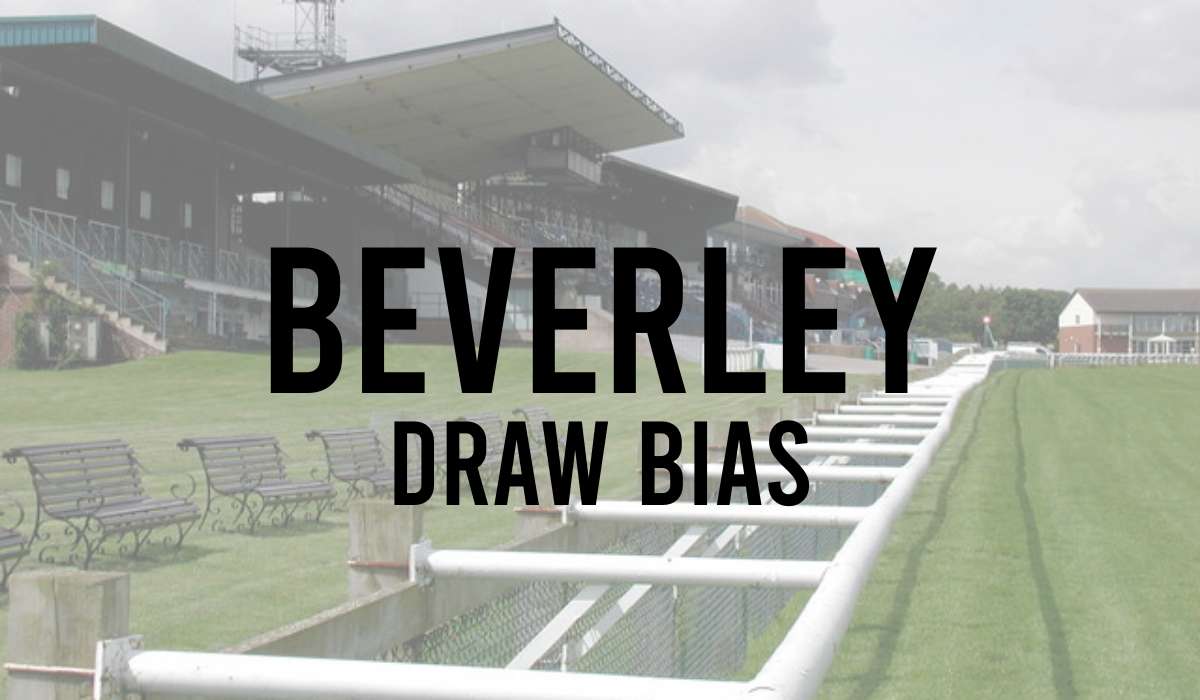
- Brighton Draw Bias
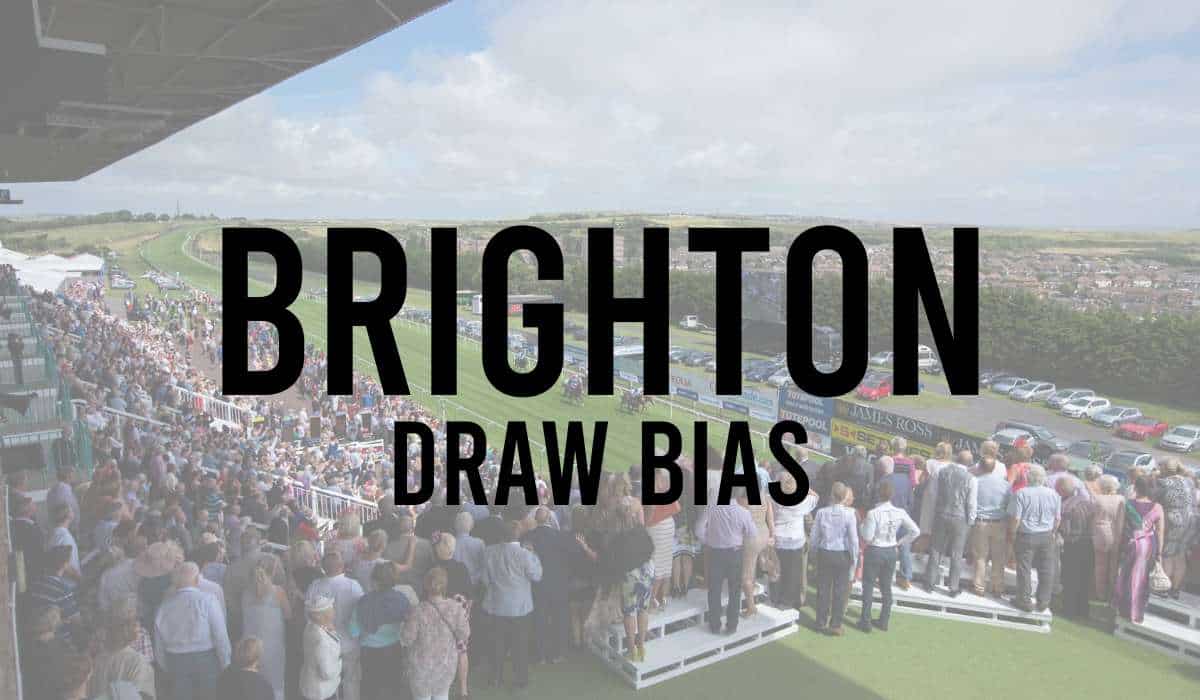
- Catterick Draw Bias
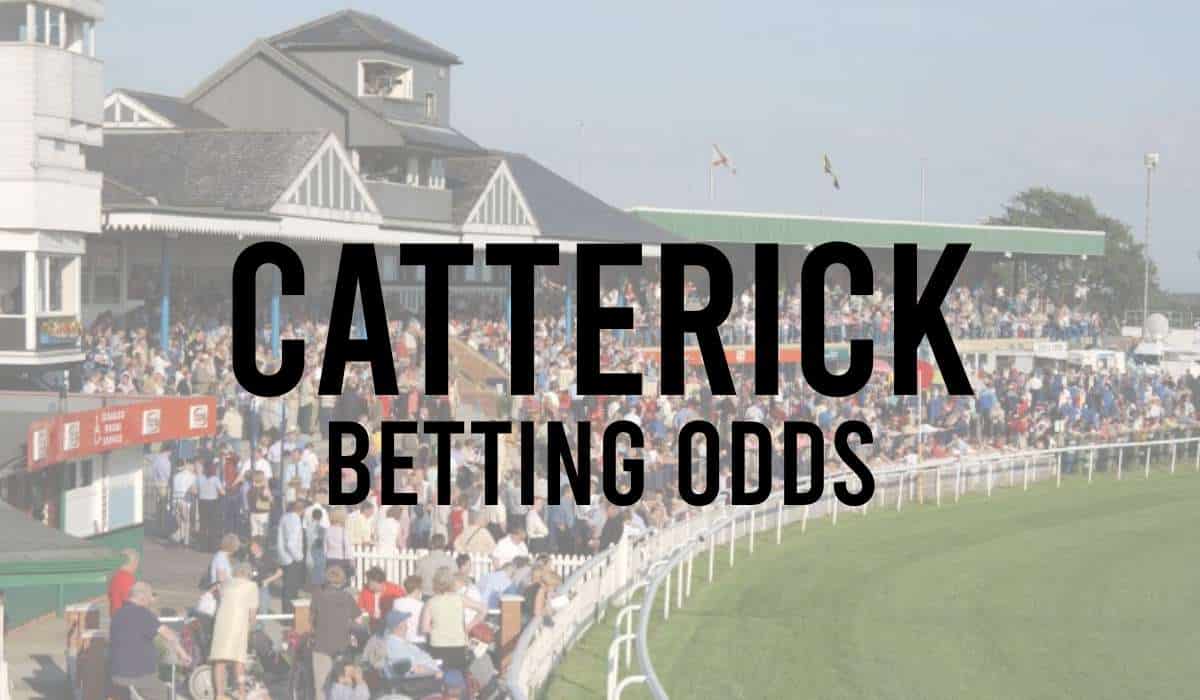
- Chelmsford Draw Bias
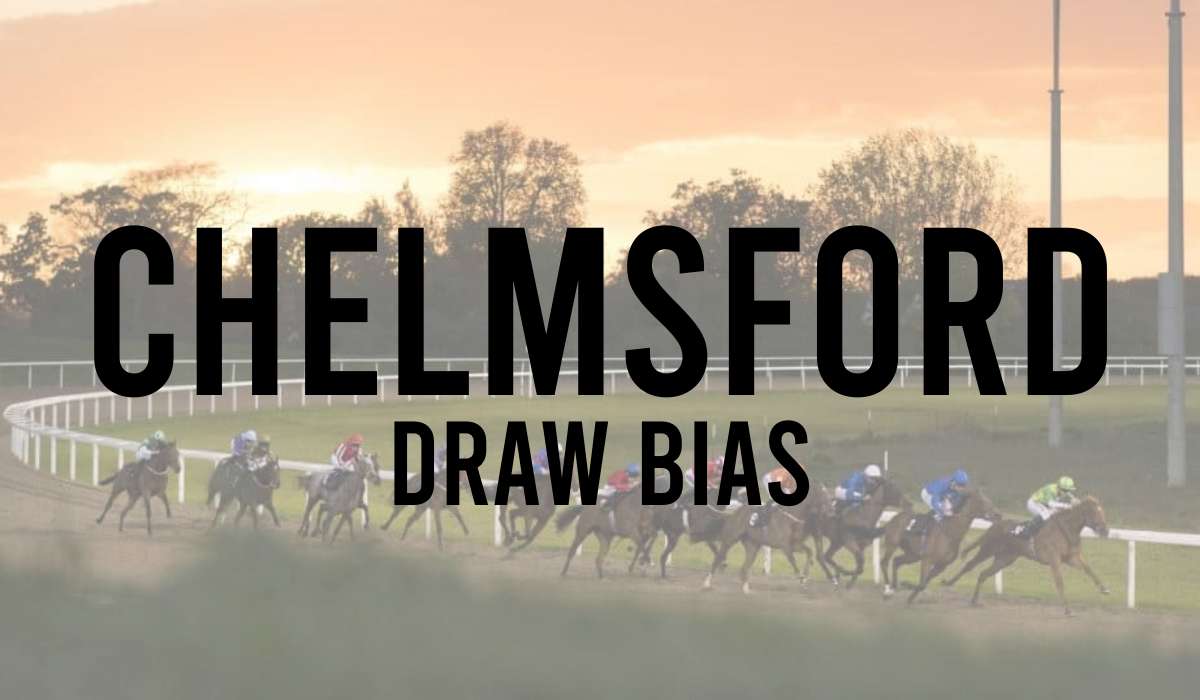
- Chester Draw Bias
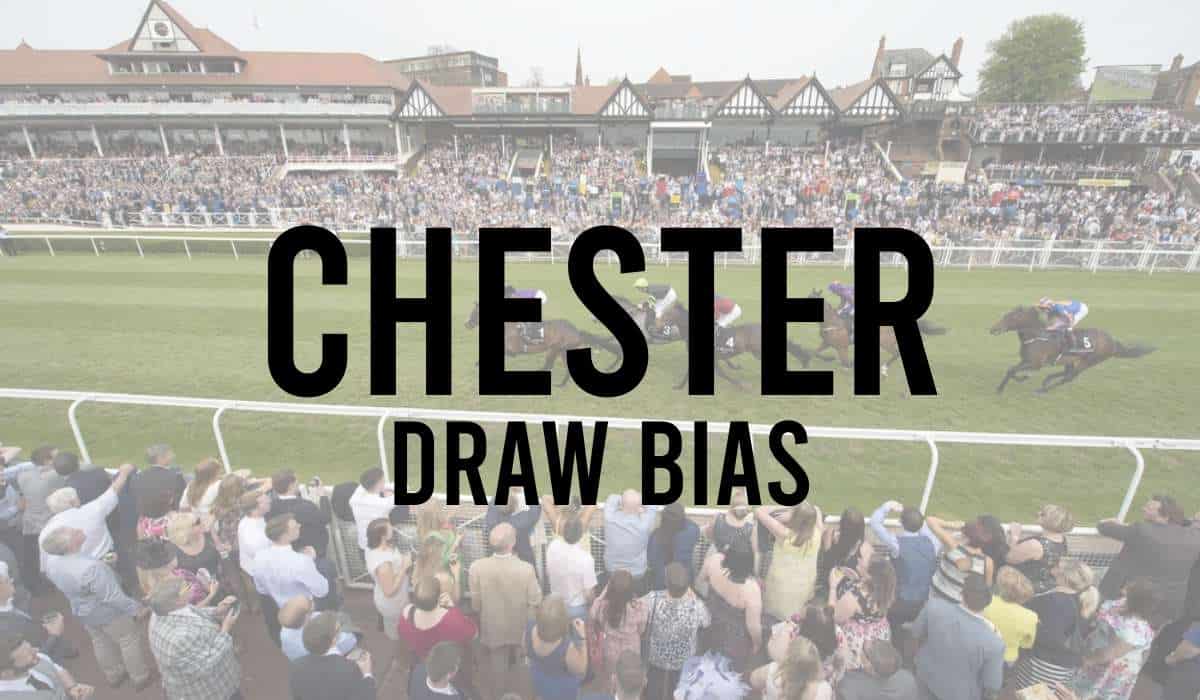
- Cork Draw Bias
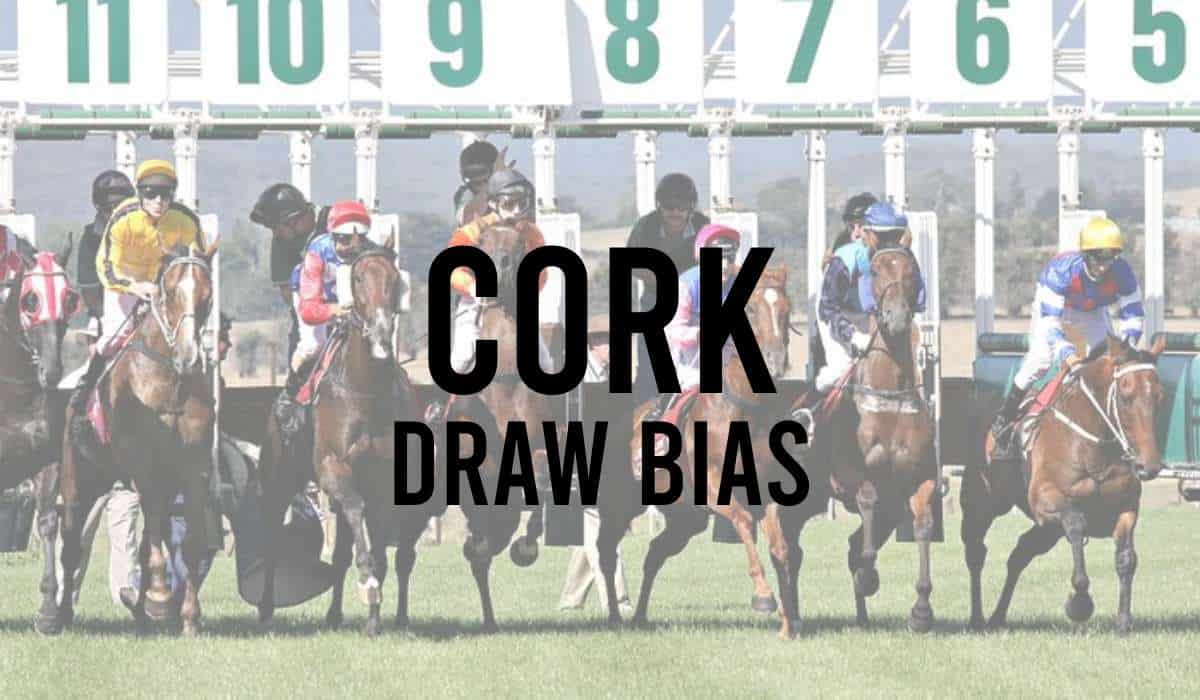
- Doncaster Draw Bias
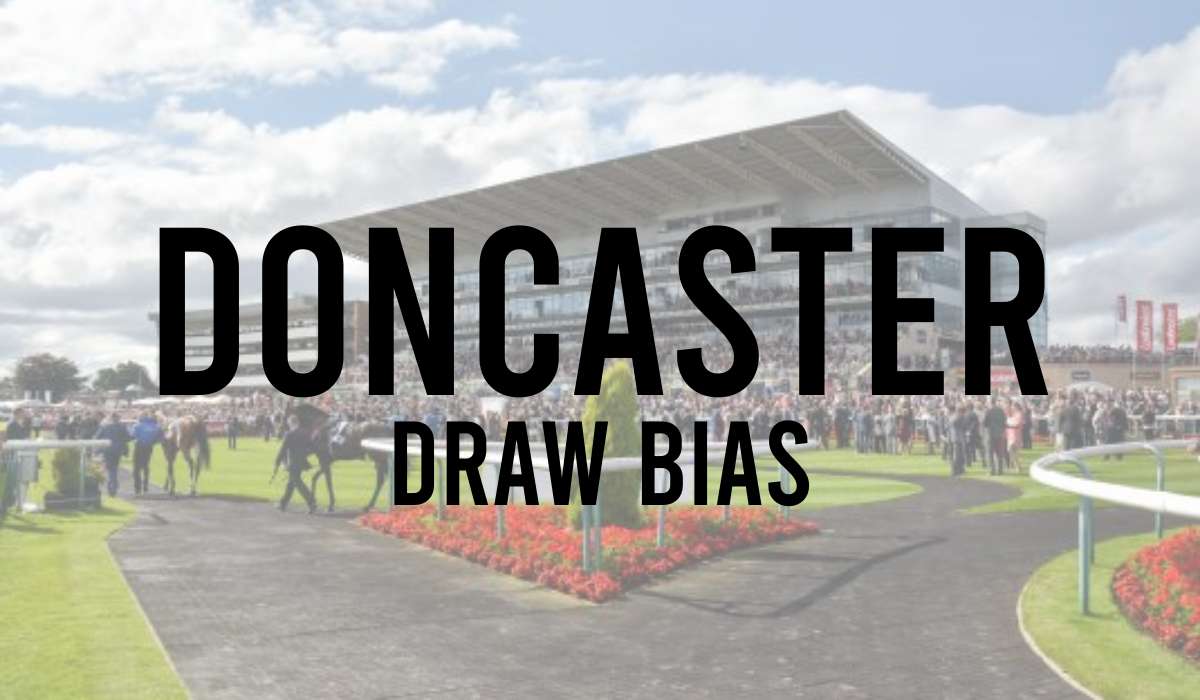
- Dundalk Draw Bias
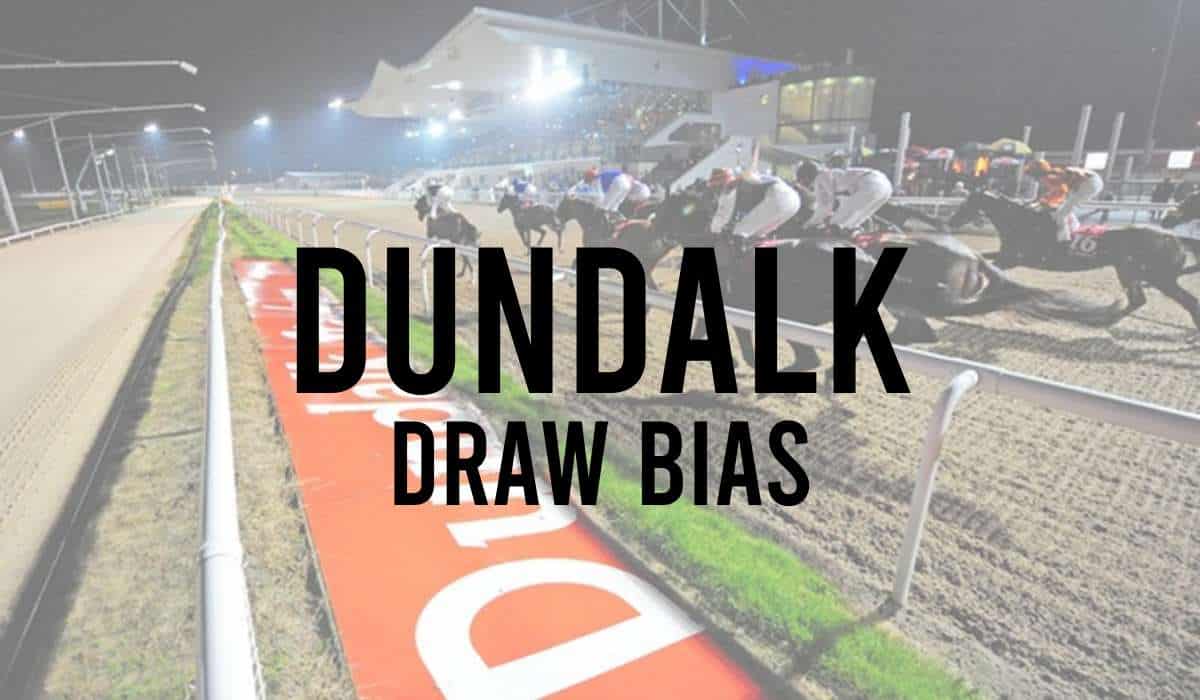
- Epsom Racecourse Draw Bias
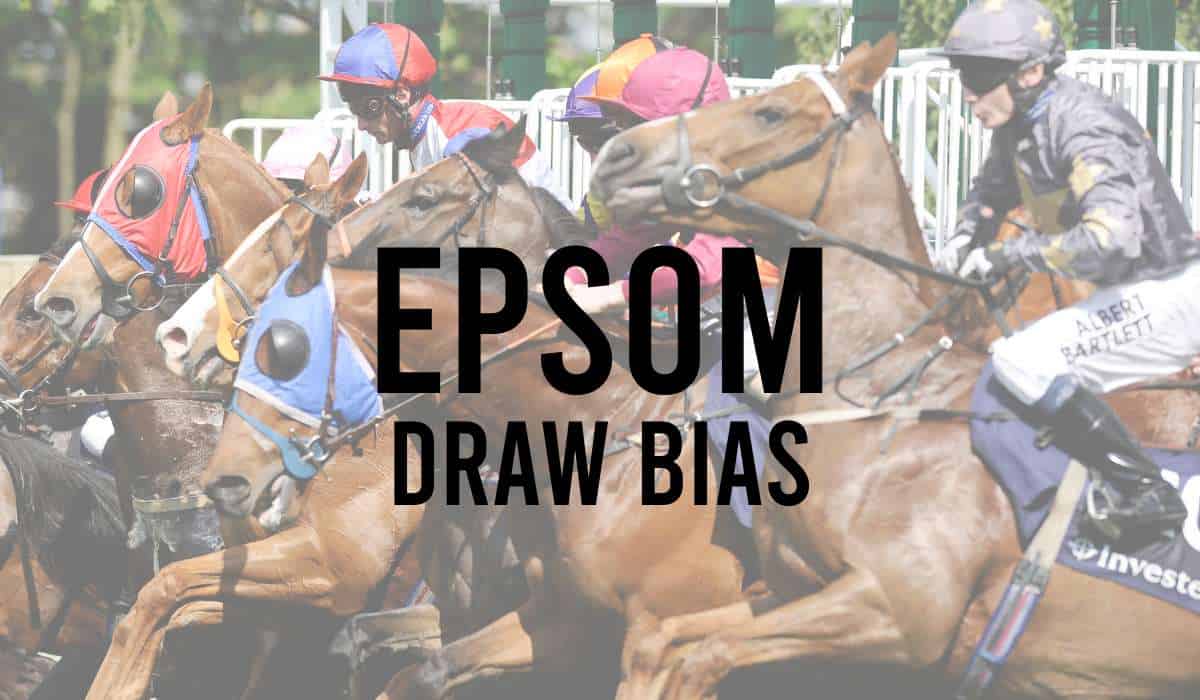
- Goodwood Draw Bias
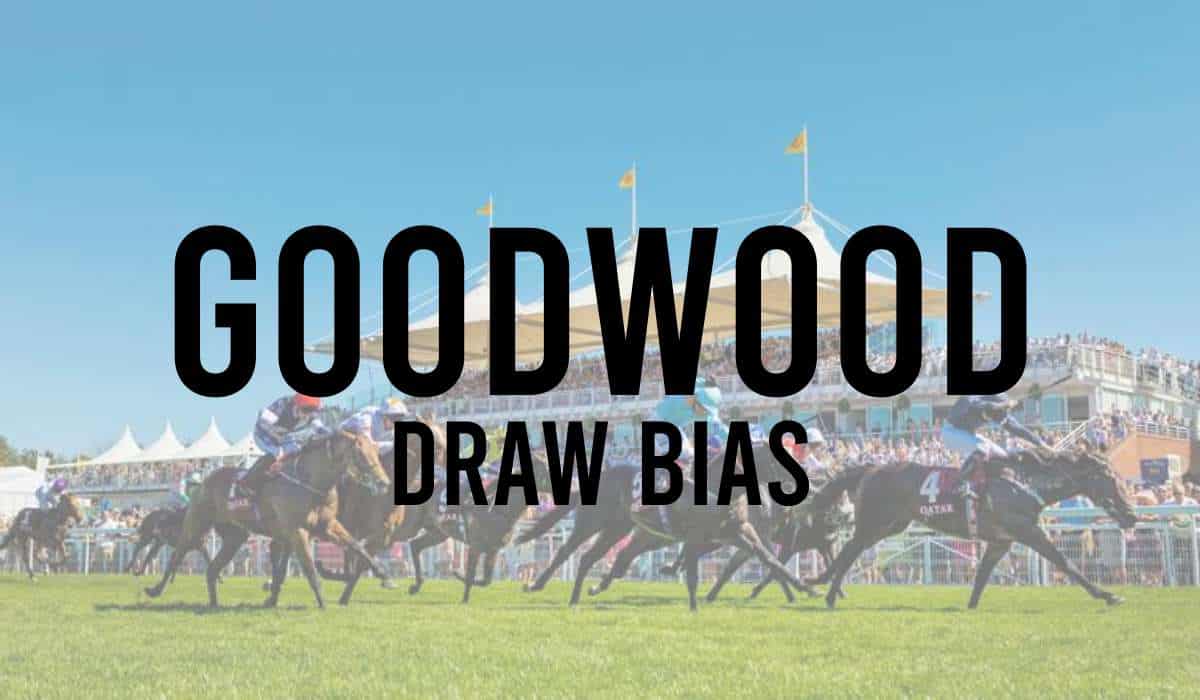
- Hamilton Draw Bias
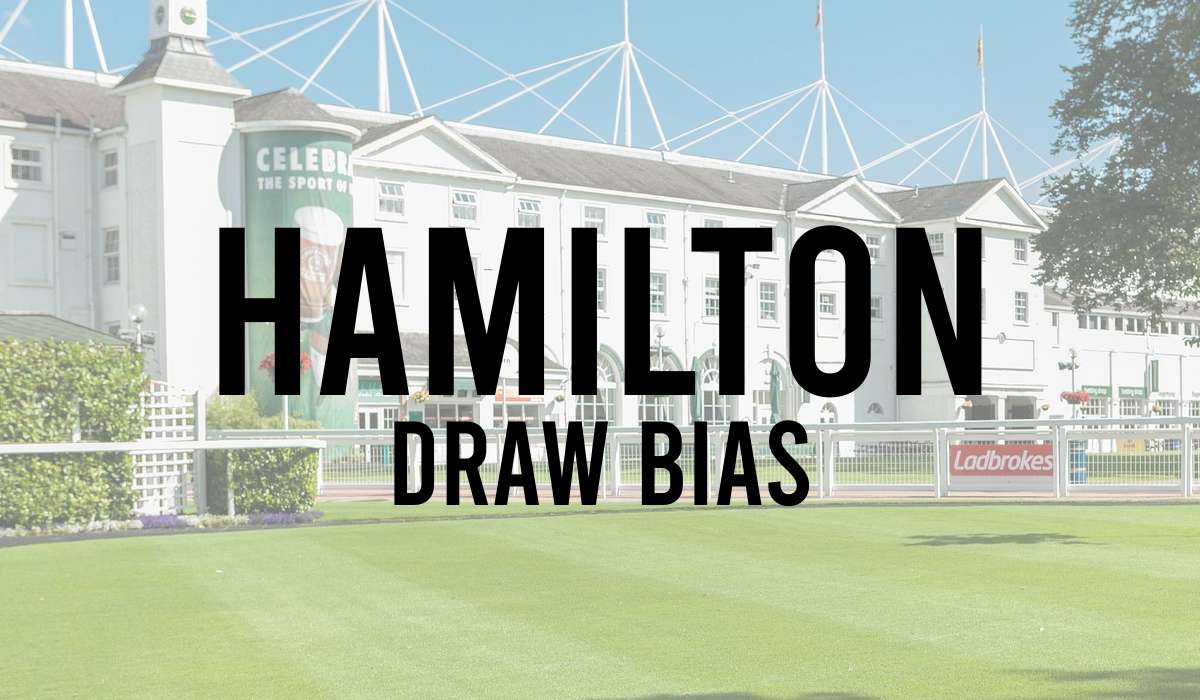
- Haydock Draw Bias
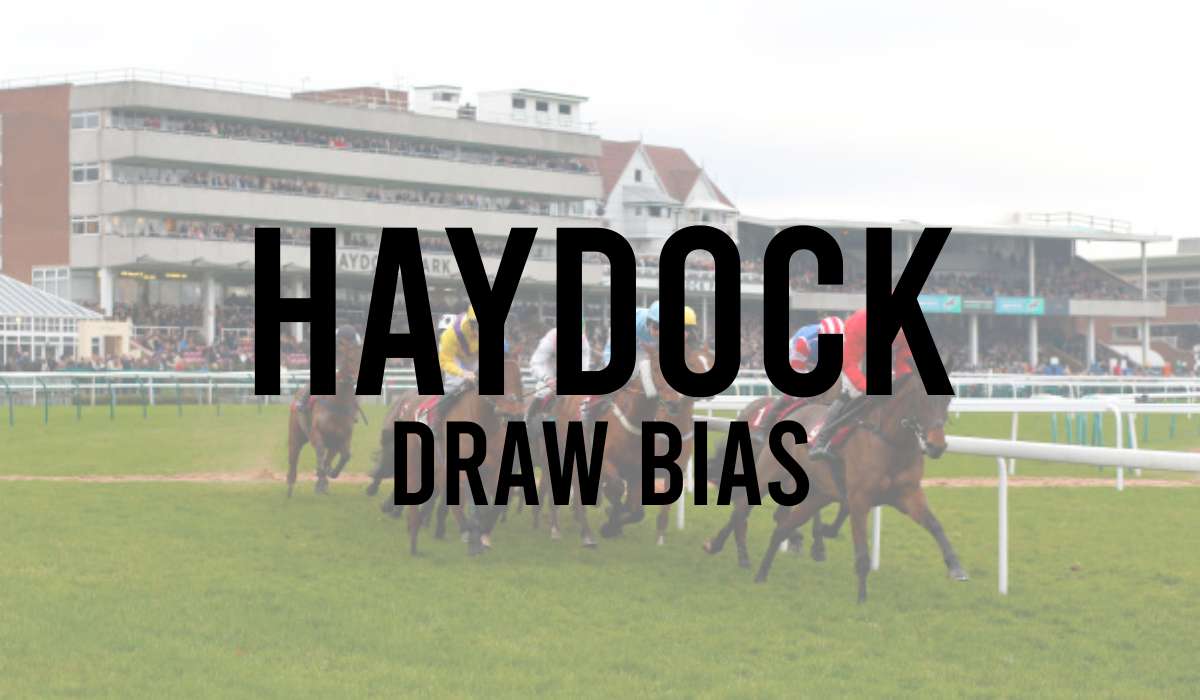
- Horse Racing Draw
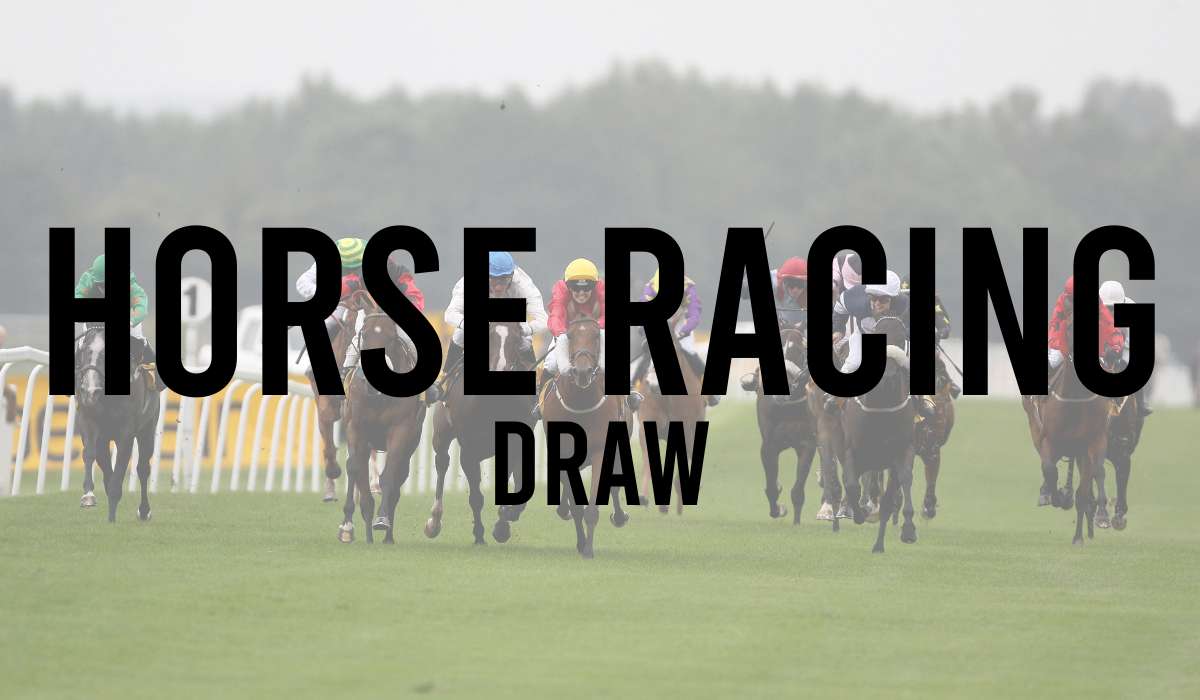
- Kempton Draw Bias
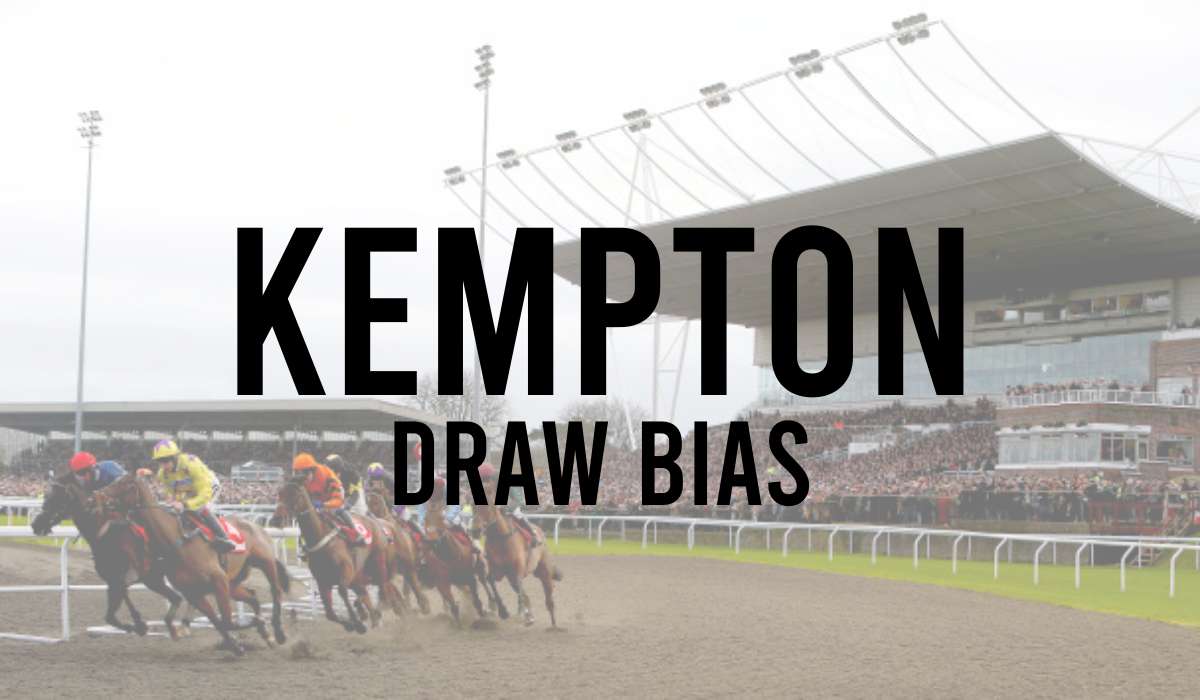
- Lingfield Draw Bias
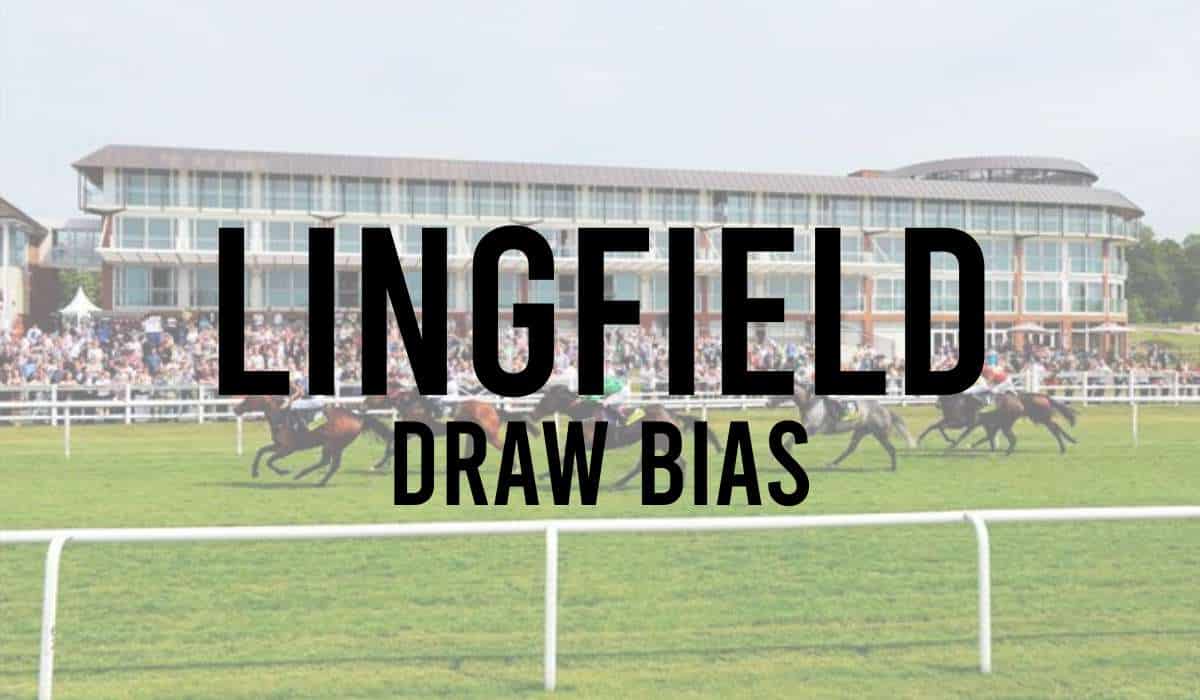
- Musselburgh Draw Bias
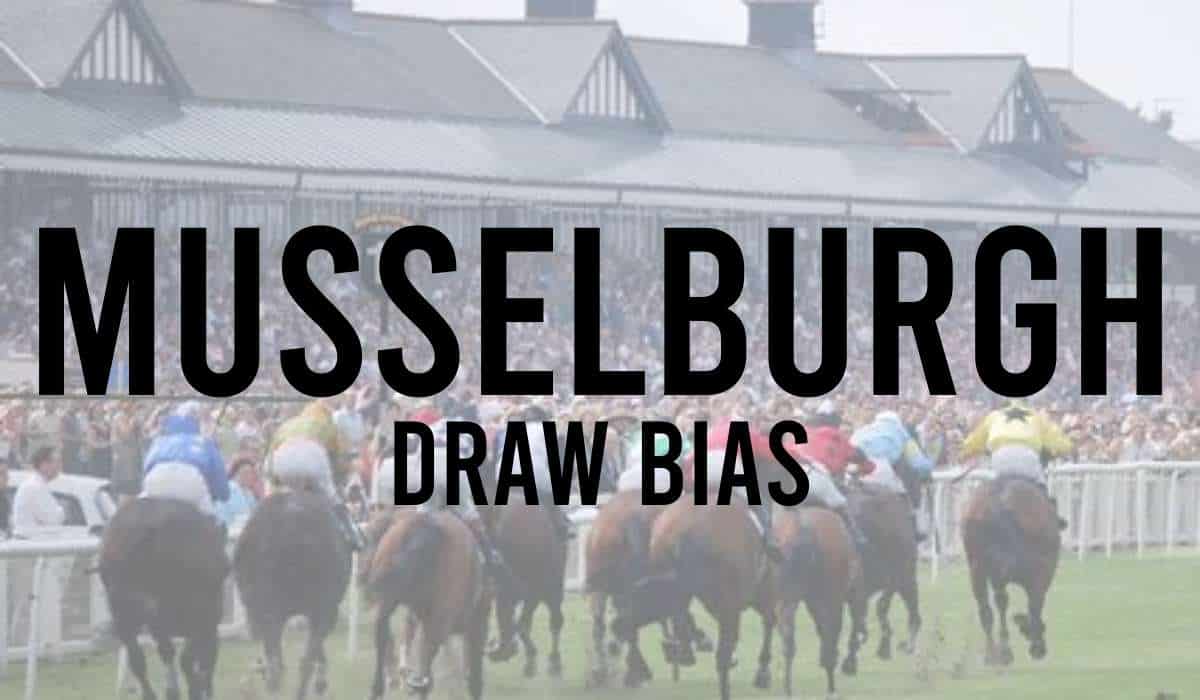
- Newbury Draw Bias
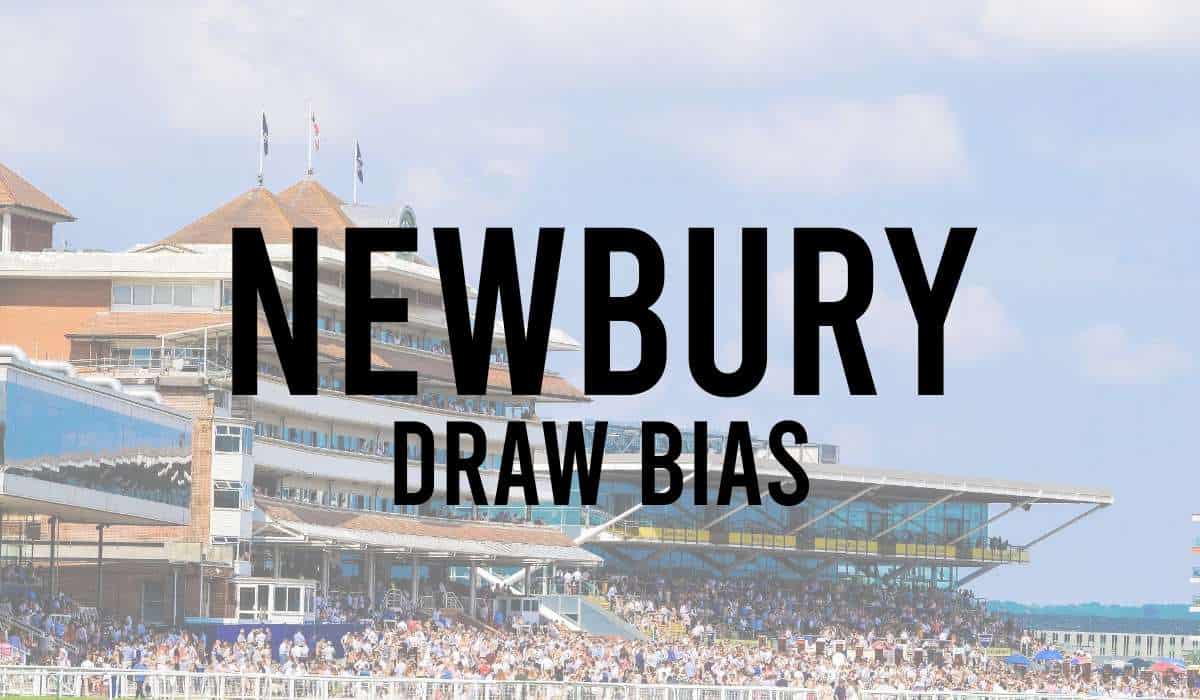
- Newcastle Draw Bias
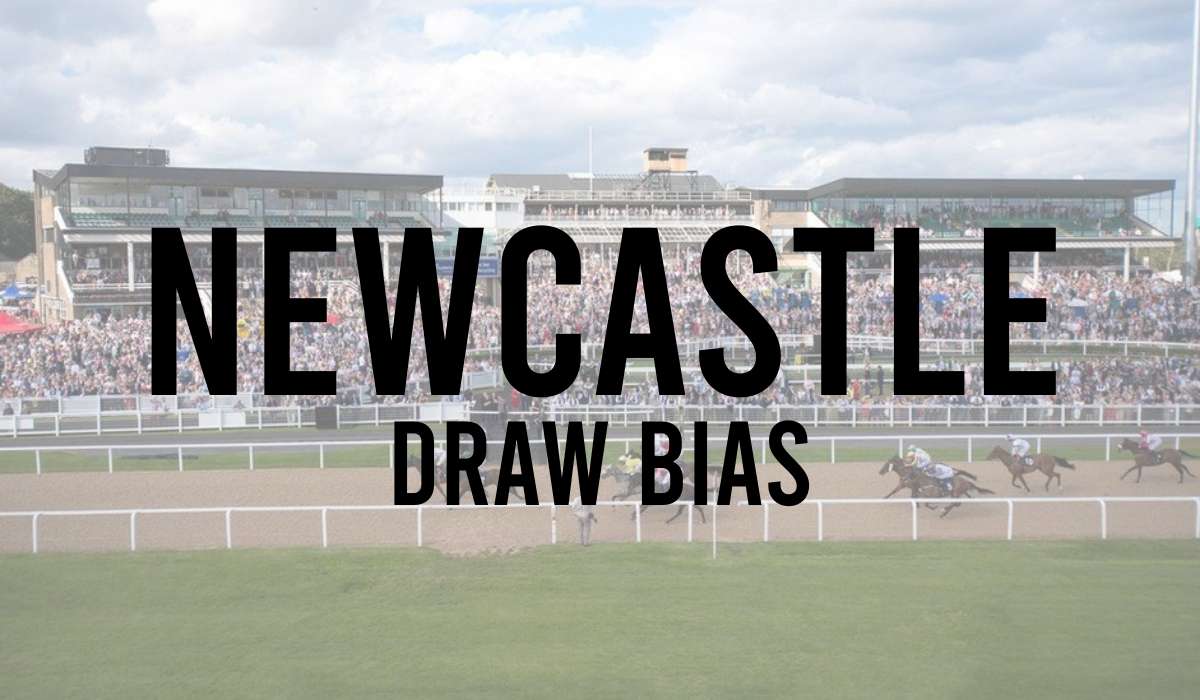
- Newmarket July Course Draw Bias
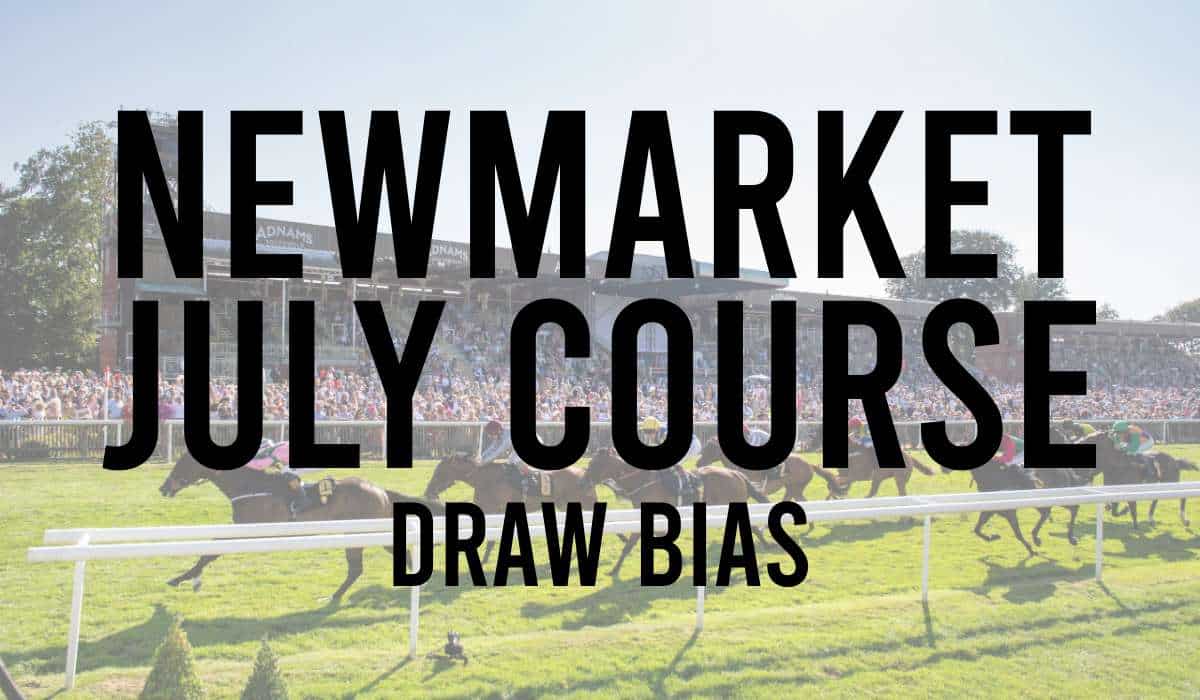
- Newmarket Rowley Mile Draw Bias
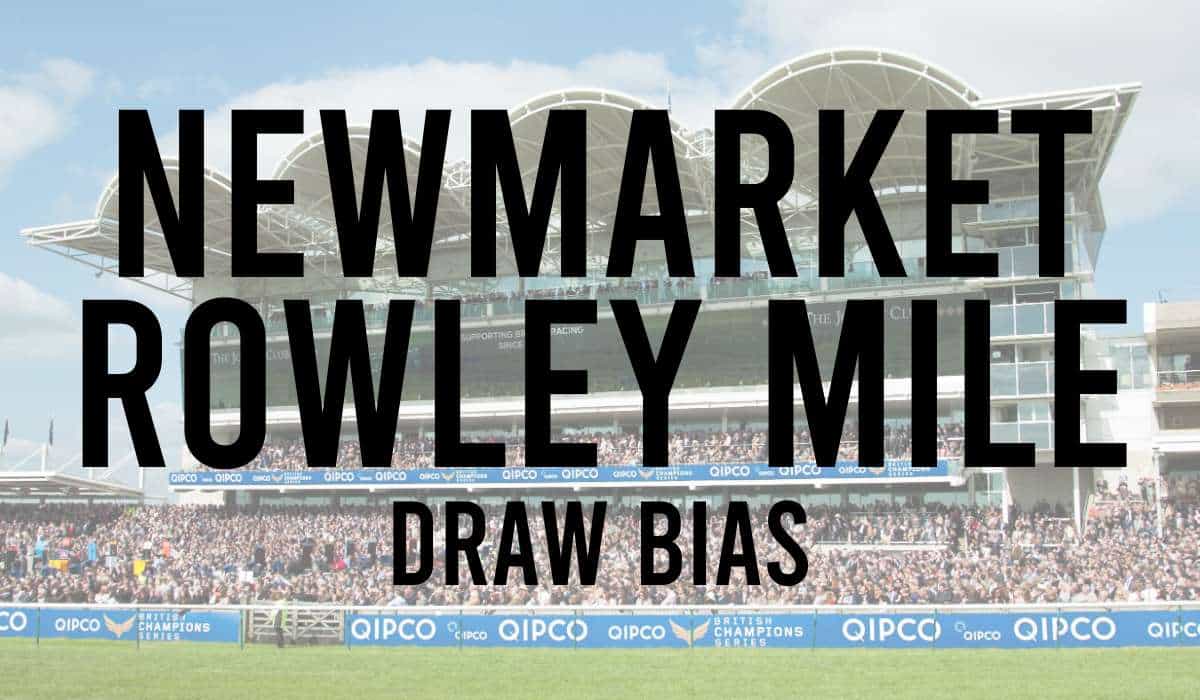
- Nottingham Draw Bias
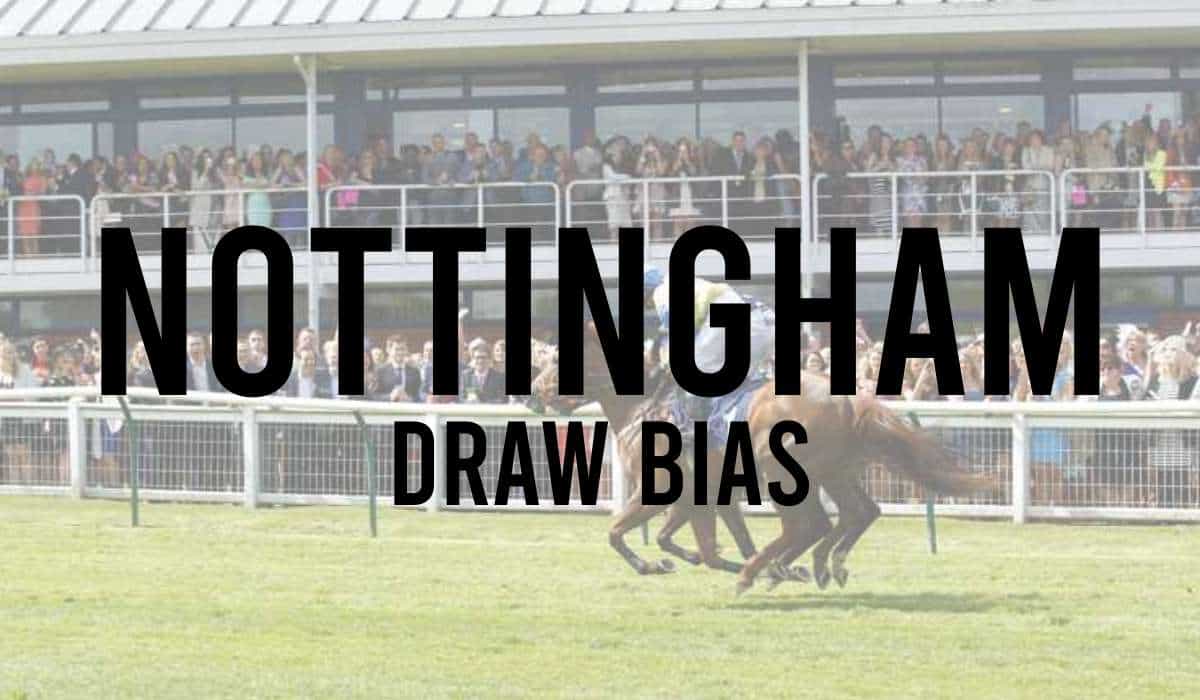
- Pontefract Draw Bias
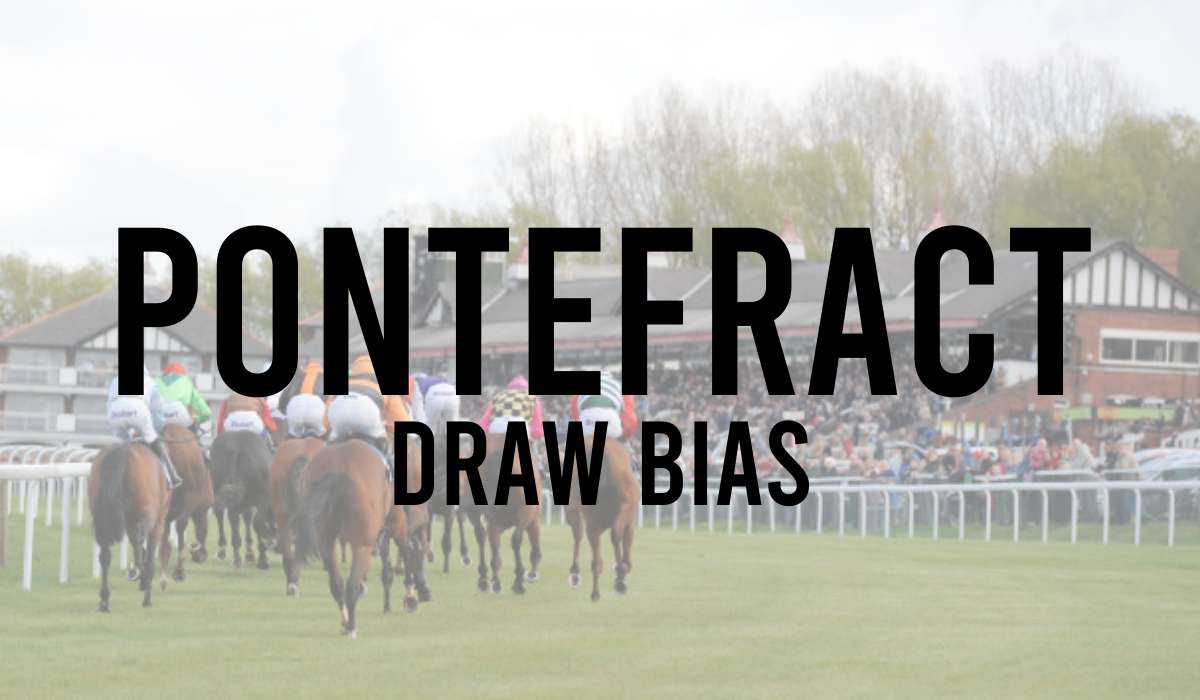
- Redcar Draw Bias
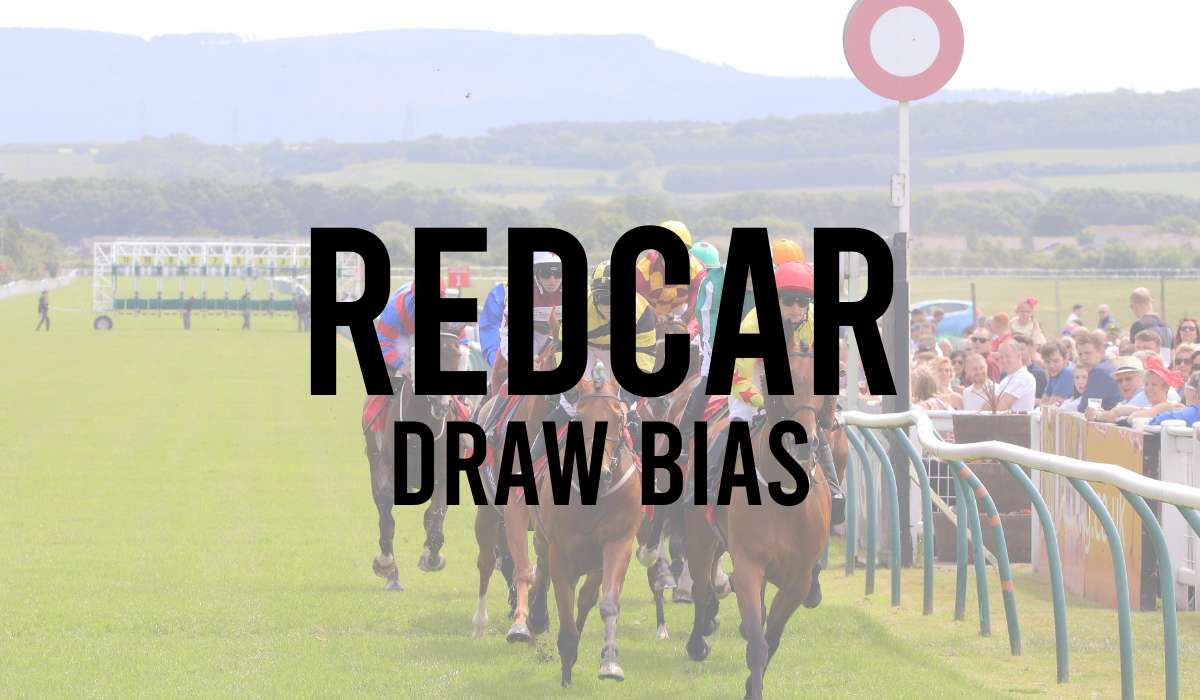
- Ripon Draw Bias

- Salisbury Draw Bias
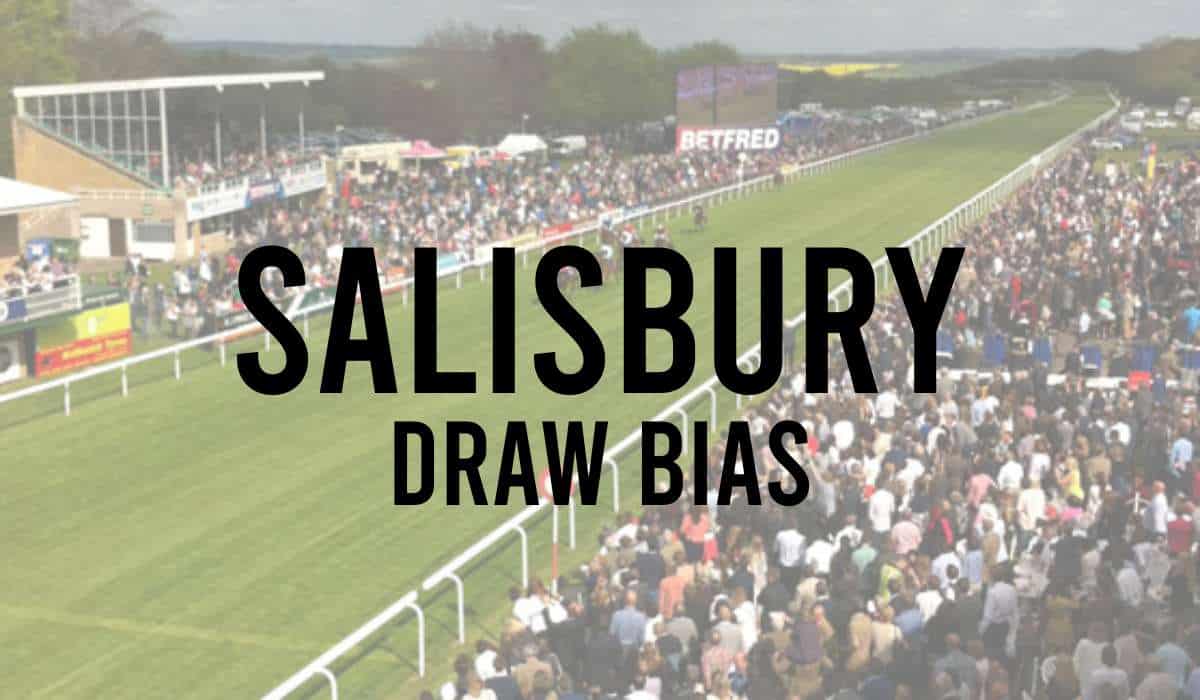
- Sandown Draw Bias
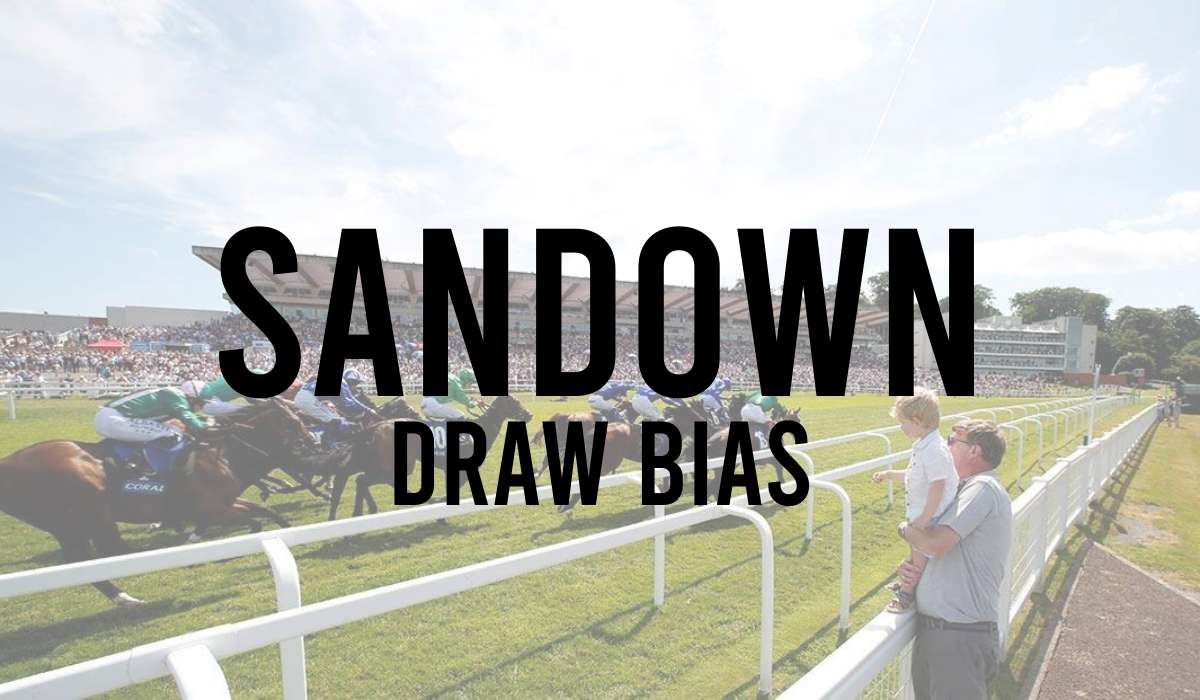
- Sligo Draw Bias
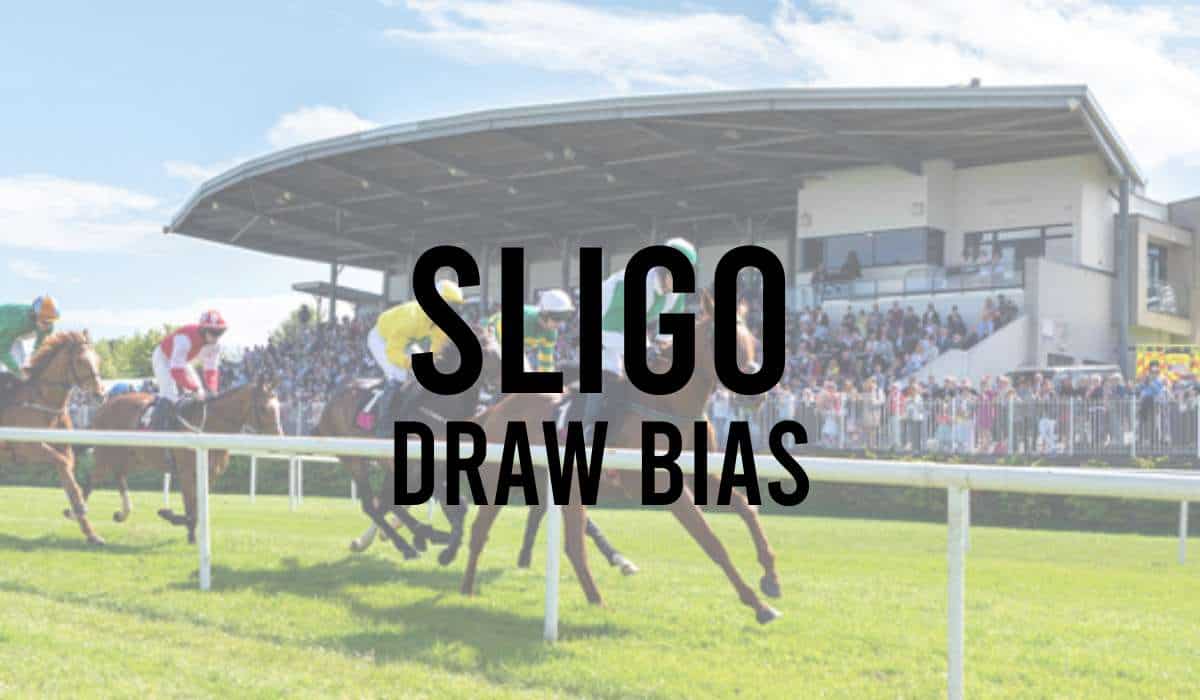
- Thirsk Draw Bias
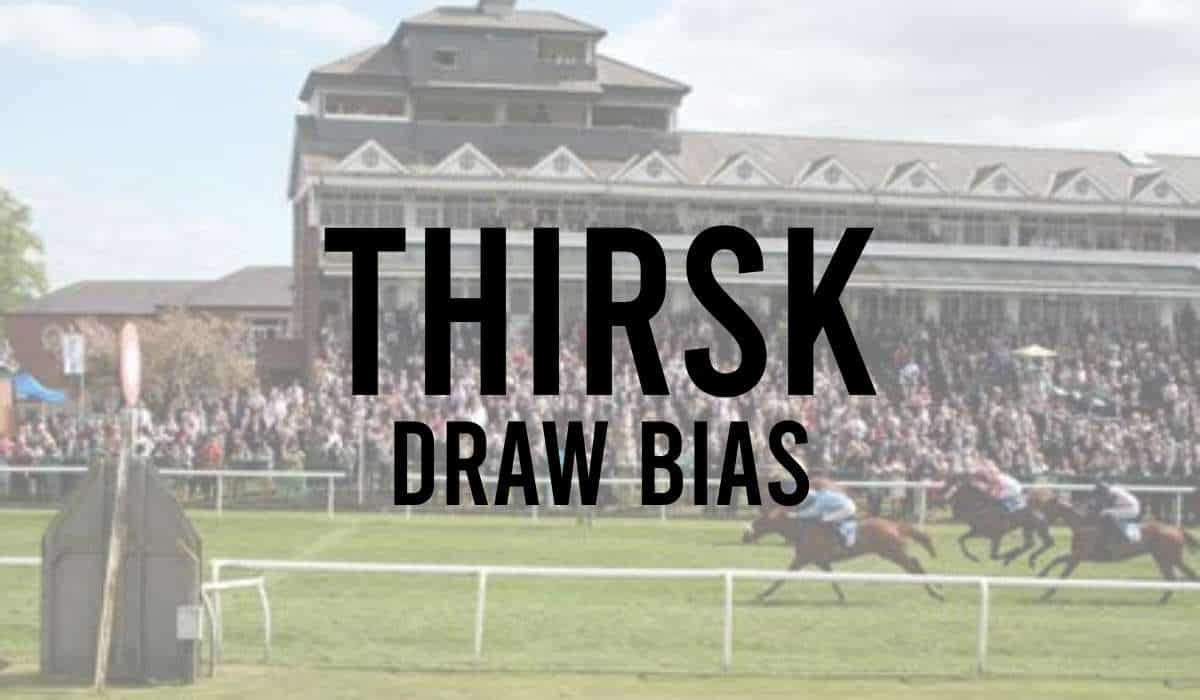
- Windsor Draw Bias
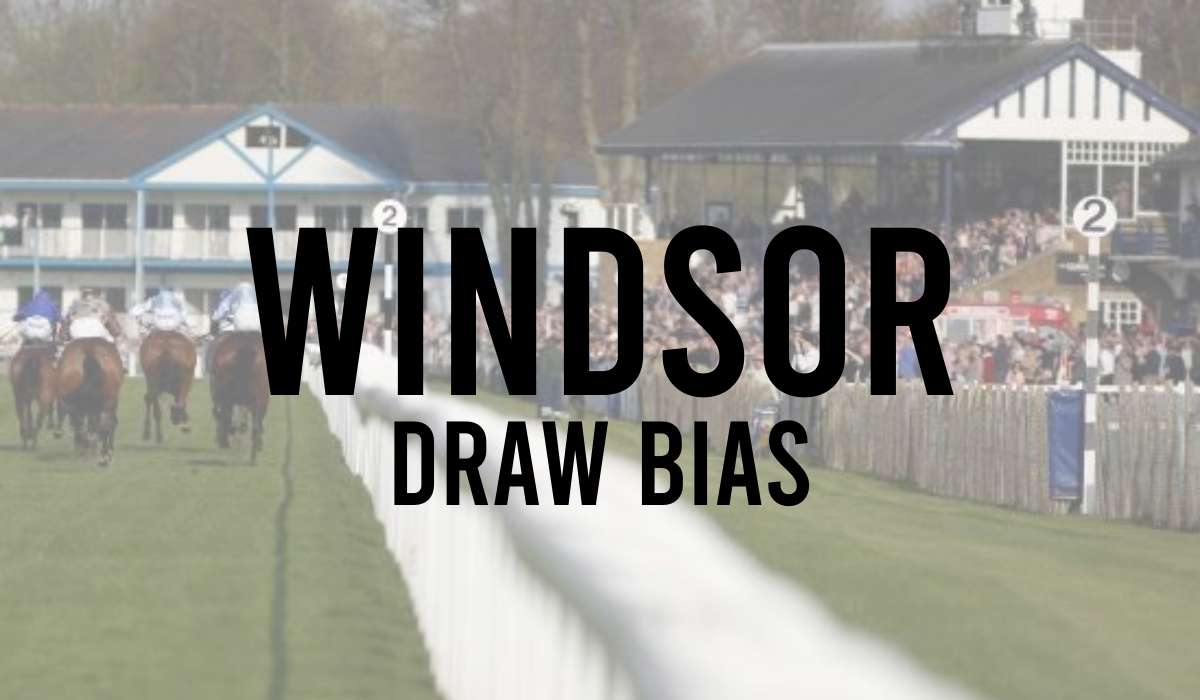
- Wolverhampton Draw Bias
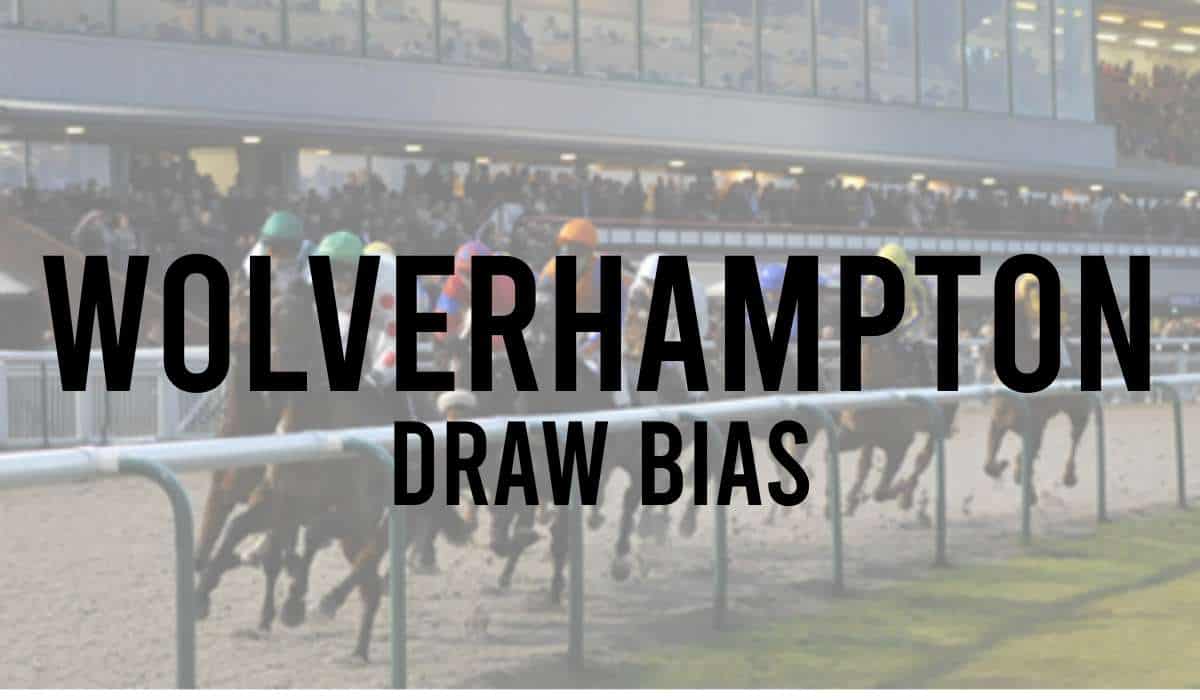
- York Draw Bias
